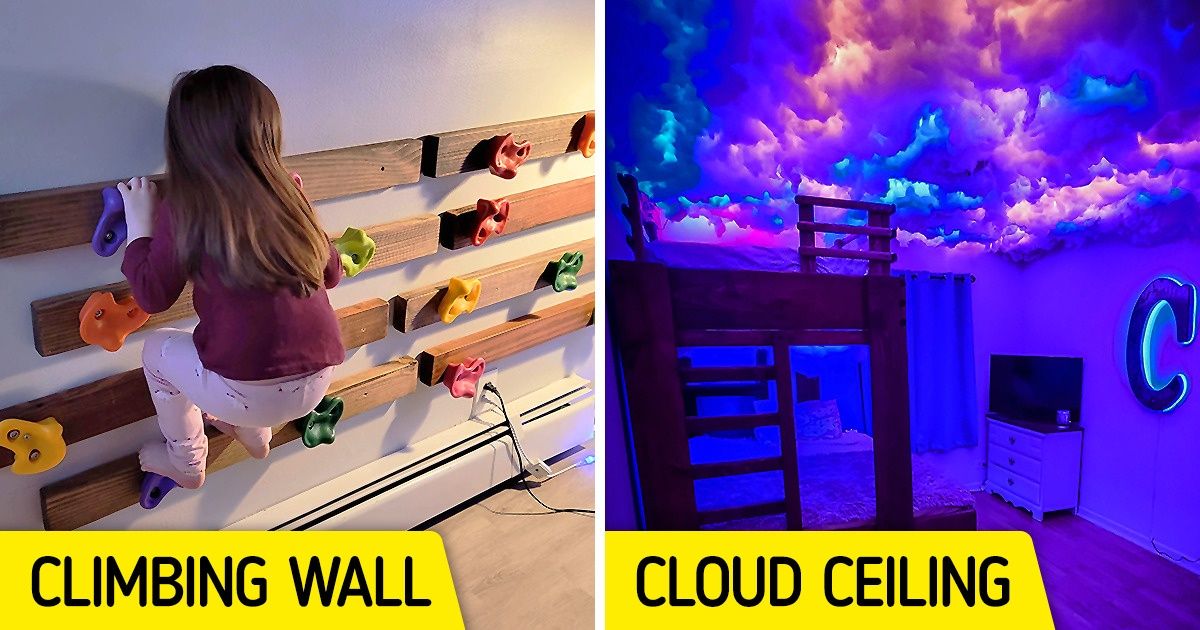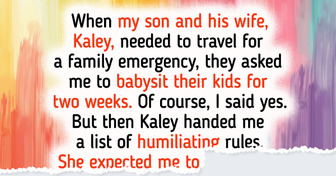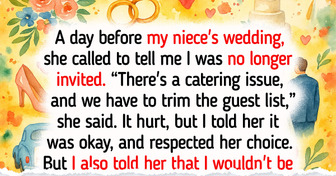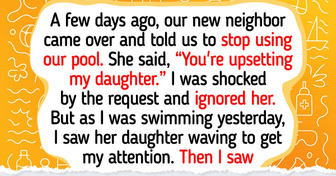10+ Outdated Shoe Styles That Ought to Be Banned From Our Closets, and New Styles You Can Replace Them With


When designing a kid’s room, every little detail is worth considering. Take, for example, colors — it’s known that blue is among the best colors for a good night’s sleep, so it’s a good fit for children’s bedrooms, while purple improves attention, thus working best for study areas. Now all you have to do is try to use these 2 colors in one room and make it look nice in the end.
Bright Side believes the best kids’ rooms combine a child’s imagination with an adult’s practicality, so we gathered a few tips to harmonize those 2 things.
To create a room your kids will love forever, you should concentrate on something they love to do most: play! Build a rock-climbing wall or bunk bed slide. Roll out a play rug and enjoy an indoor swing. A ceiling-suspended cargo net is also great entertainment, inviting play while helping to burn up extra pre-bedtime energy.
Kids are natural hoarders, and they need somewhere to keep all their stuff, so storage is paramount in kids’ room design. Open shelving allows you to hide toys and clutter in boxes while displaying their favorite possessions and books. The latter will also encourage your kids to read.
What else you can do:
Try to incorporate greenery in the design. Plants provide much-needed oxygen, and it’s scientifically proven that they improve one’s mood, reduce stress, and sharpen attention. Ensure your houseplants of choice are non-toxic and keep them out of your kids’ reach via high shelving or hanging pots. Involve your kid in caring for the plants together as well!
Encourage your kids’ creativity with an easy-to-update art gallery where they can display their creations. You can turn the cupboards into picture frames, attaching artwork to them. Or hit up your local thrift store for old frames, string some wire across the backs, and put them on the wall.
Alternatively, you can add a chalkboard wall and leave the rest to your little Picasso-in-the-making. The wall will be a place where the child can draw to their heart’s content without you sacrificing the expensive wallpaper you meticulously picked out. Over the years, once they’ve outgrown the chalkboard, it can simply be painted over.
First, make sure that your kid’s room is dark enough so it will be easier for them to fall asleep. Go for black-out blinds. A nightlight is very reassuring in the dark but should be placed low to the floor and without shining directly into anyone’s eyes. Use a warm amber light for reading bedtime stories. You can also add magic with fairy lights to create a fun ambiance when they’re hanging out with friends.
A calming corner is meant to be a safe space for the child to escape from it all, have some quality alone-time, and process and release all of their big feelings.
One mom who set up a calming corner for her son writes: “My 3-year-old loves practicing his ’mountain breaths’ here. Mountain breaths are when we trace our fingers up and down the mountains on the wall, and as we go up the mountain, we take a deep breath in, and as we go down, we release the breath. He’s been doing such a great job utilizing his calming breaths when he feels overwhelmed.”
Kids grow up fast, and it’s better to have a room that can keep up with them. Don’t make it too childish, as kids will grow out of it soon. Yes, a pink unicorn wonderland might be well-received now, but it probably won’t be in a year or 2. So opt for more neutral colors and patterns for the basics and let your child add their own interests and personality through accessories that you can easily swap out when their taste changes.
How did you design your child’s room? Share your photos with us!











